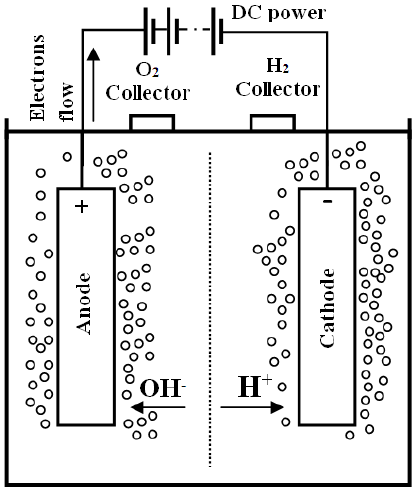Solar Energy-Overcoming its Weaknesses-Beyond STPV
Solar energy is a heavenly gift, beautiful, comforting (sometimes scorching), life-giving, abundant, and free. But there are solar energy weaknesses in how we use it.
We want to use it in the form of electricity, preferably through the power grid, but conversion is not very efficient. Hence, solar PV remains costly compared to power derived from fossil fuel. Also, we want to use it 24 hours, whereas sunshine exists only during the day, and not every day. Our demand for electric power varies significantly with the hour of the day, and with the month of the year and the variation pattern does not conform to the variation of solar irradiation. Sometime the demand peaks up suddenly, in a matter of minutes, like in case of an Olympic festival. Daily solar variations do not care for such things.
What is the solution?
These are actually two problems, and hence need two solutions or an integrated solution.
Efficient conversion would point to solar thermovoltaics (STPV), and multijunction solar cells which can convert a greater portion of the solar spectrum. A lot of improvement is being reported in either direction every other day, but cost has not yet come even with fossil power. Low cost storage with a quick reaction time to meet sudden peek demands is the other problem area.
Although a lot of research is being devoted to designing charge storage batteries with low cost, high storage density, long life, and fast discharge capabilities, we are still far from a cost effective solution for grid level storage.
How about storage in other forms?
STPV is a very promising option. Solar heat is absorbed and stored without conversion. Then the heat is allowed to radiate and solar cells used to convert the radiation to electricity. This gives a very fast response to demand, but conversion still lacks in efficiency because radiation spectrum is too narrow for the conventional solar cell.
Efforts are on for materials which can absorb a greater portion of the solar spectrum, and also store at higher temperatures (so they can radiate at a shorter wavelength). Another alternative is storage as hydrogen, which is often considered as fuel of the future. Generate hydrogen from electricity by electrolysis of water and store it for use it directly as a fuel (internal combustion), or for electricity in a fuel cell, whenever required. It is neat and green with very low carbon foot print, and when part of a power grid, can respond very quickly to demand variations.
 Basic scheme of water electrolysis system
Basic scheme of water electrolysis system
This scheme currently suffers from the cost of catalysts used in hydrolysis. Platinum is currently the most efficient catalyst, but the cost is inhibitive. However, researcher at the University of Houston and the California Institute of Technology have reported a breakthrough, based on molybdenum sulfoselenide particles on three-dimensional porous nickel diselenide foam. Catalytic action is known to be more vigorous at edges than at flat surfaces.
The new material offers two advantage: low cost, coming from commercially available nickel foam, and a more vigorous electrolysis due to greater edge area offered by the foam shape. Thus a combination of high temperature STPV, efficient electrolysis of water, storage of hydrogen, and use directly as fuel or for electricity will probably become a very attractive option ultimately competing with fossil fuel, and being much cleaner as well as overcoming solar energy weaknesses.
